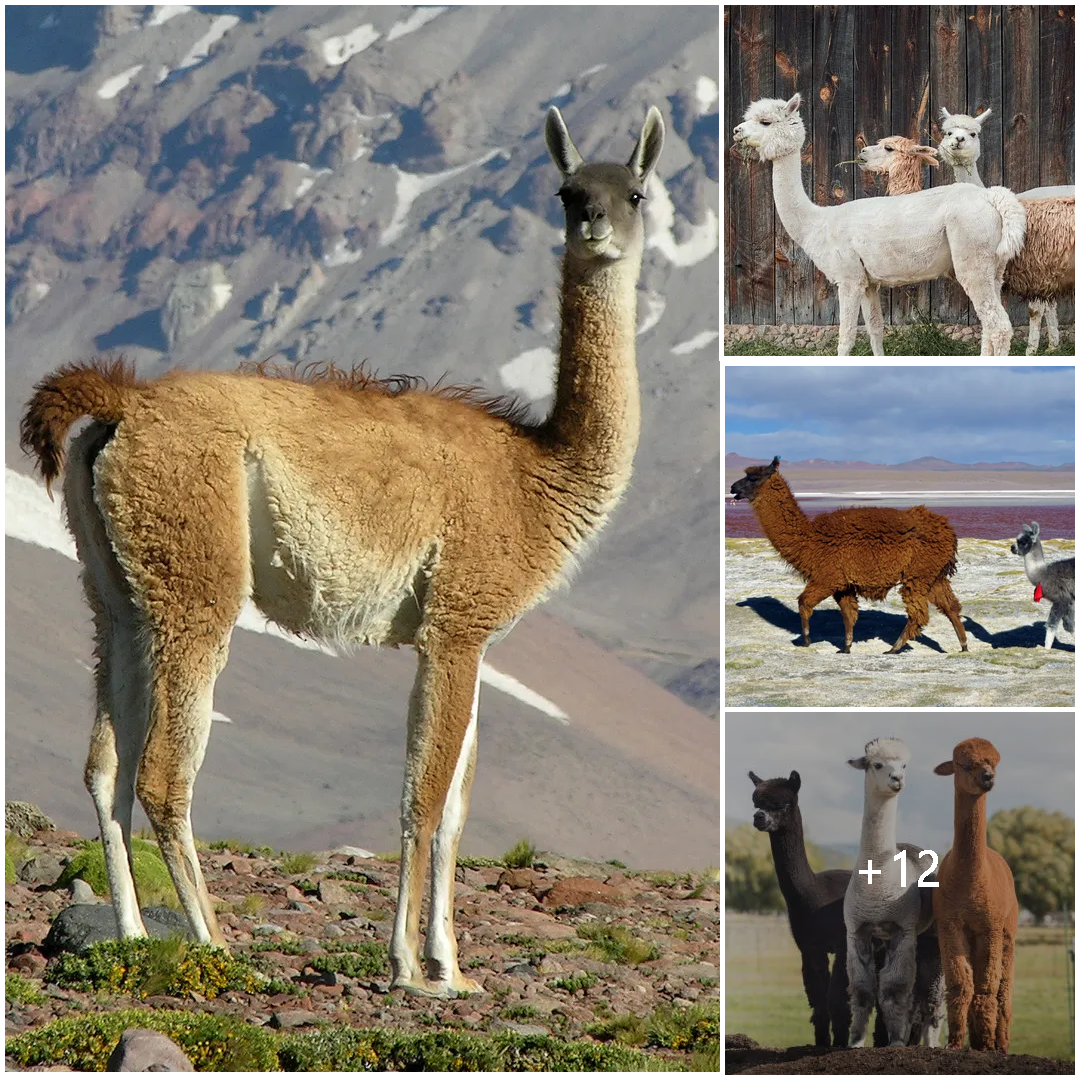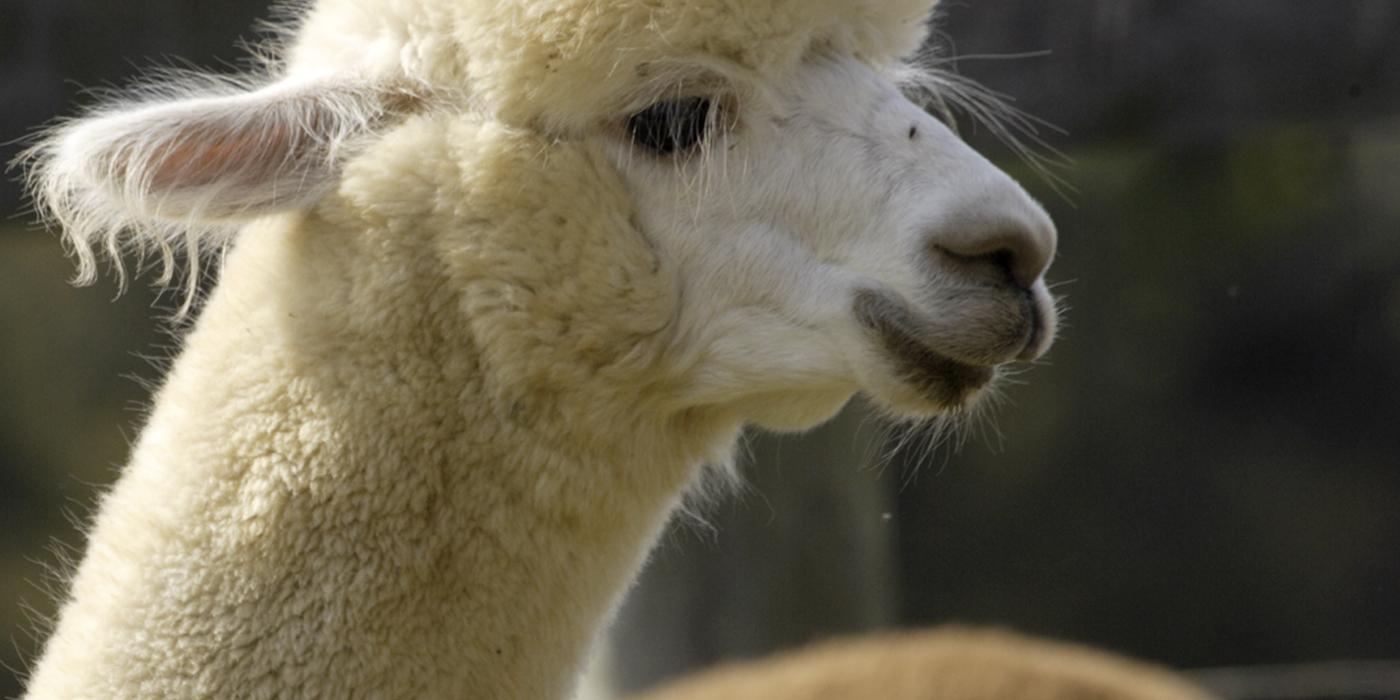
Alpacas are one of the domesticated members of the camel (camelid) family, which also includes llamas, guanacos and vicunas from South America, and the Bactrian and Dromedary camels from Asia and Africa. This family of animals originated on the plains of North America about 10 million years ago. A common ancestor to the South American camelids migrated there about 2.5 million years ago. Two wild species, vicunas and guanacos, still live in the Andes today.

Researchers believe that alpacas were developed through selective breeding that was heavily influenced by the vicuna more than 6,000 years ago. Alpacas and wild vicunas are similar in size, fiber and dentition (teeth). Of all the animals found in the Americas prior to European colonization, llamas and their alpaca cousins had the most influence. Like the buffalo of the Great Plains, both species were a source of meat, fuel and hides.
But unlike buffalo, alpacas and llamas were fully domesticated animals, created centuries before the Incas by Andean people who bred wild forms of South American camelids and clearly appreciated the myriad of benefits woven alpaca fiber offered against the harsh environment in which they lived.
As in ancient days, alpacas are important to Andean herders, providing luxury fiber and meat. Their compact size contributes to easy management and to desirability as a companion animal. Alpacas easily learn to lead, jump in and out of vehicles, cush (sit down) and obey other simple commands. Alpacas are shorn for their valuable fleeces. Males produce approximately 8 pounds and females about 5 pounds of easily marketable fiber from their coats per year.

Alpacas exhibit a variety of natural colors, with approximately 22 basic fiber colors and many variations and blends. Alpaca fiber has a cellular structure similar to hair and is more resilient and much stronger than Merino sheep wool. It is highly sought after in Britain, Europe and Japan.





